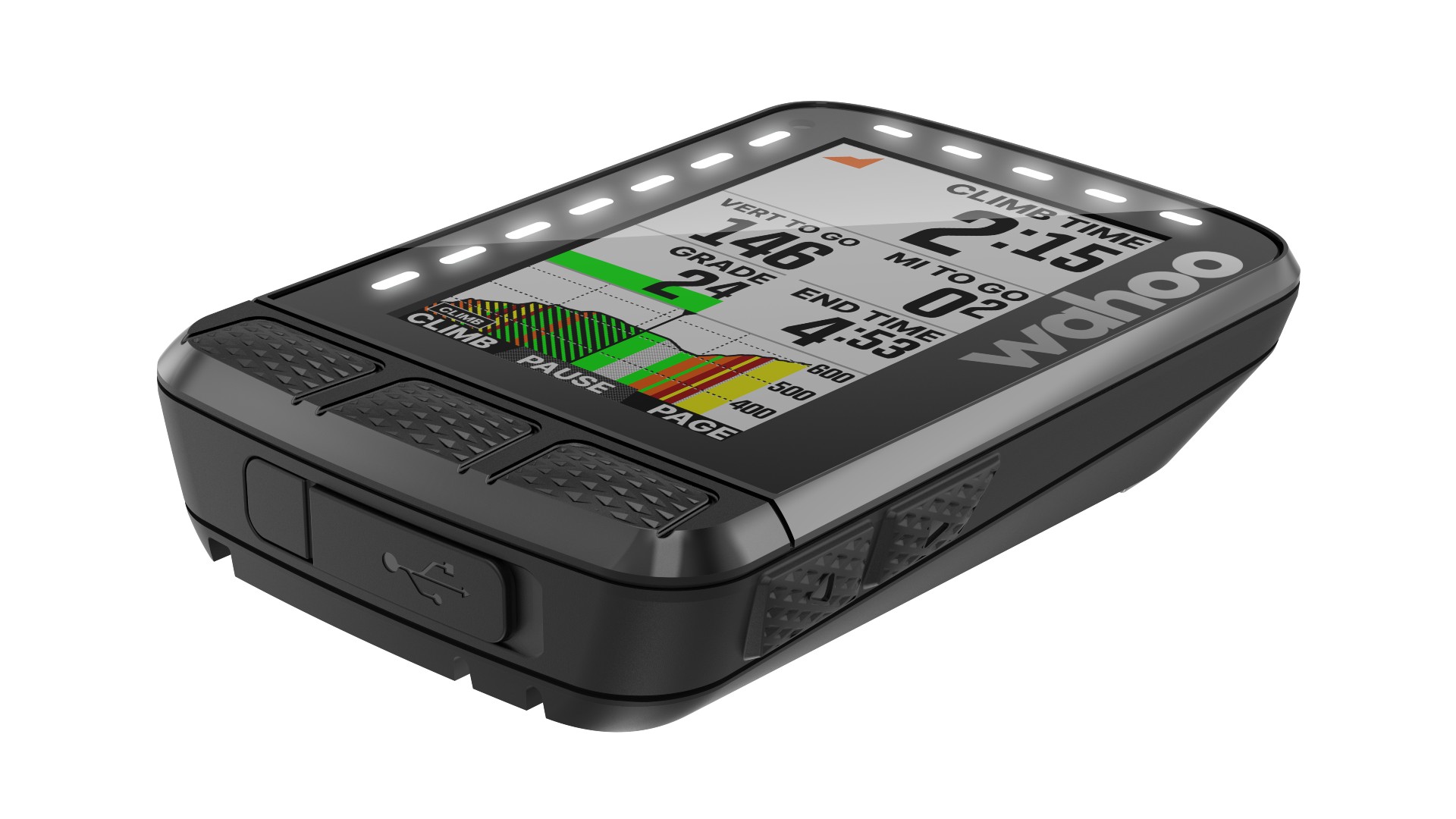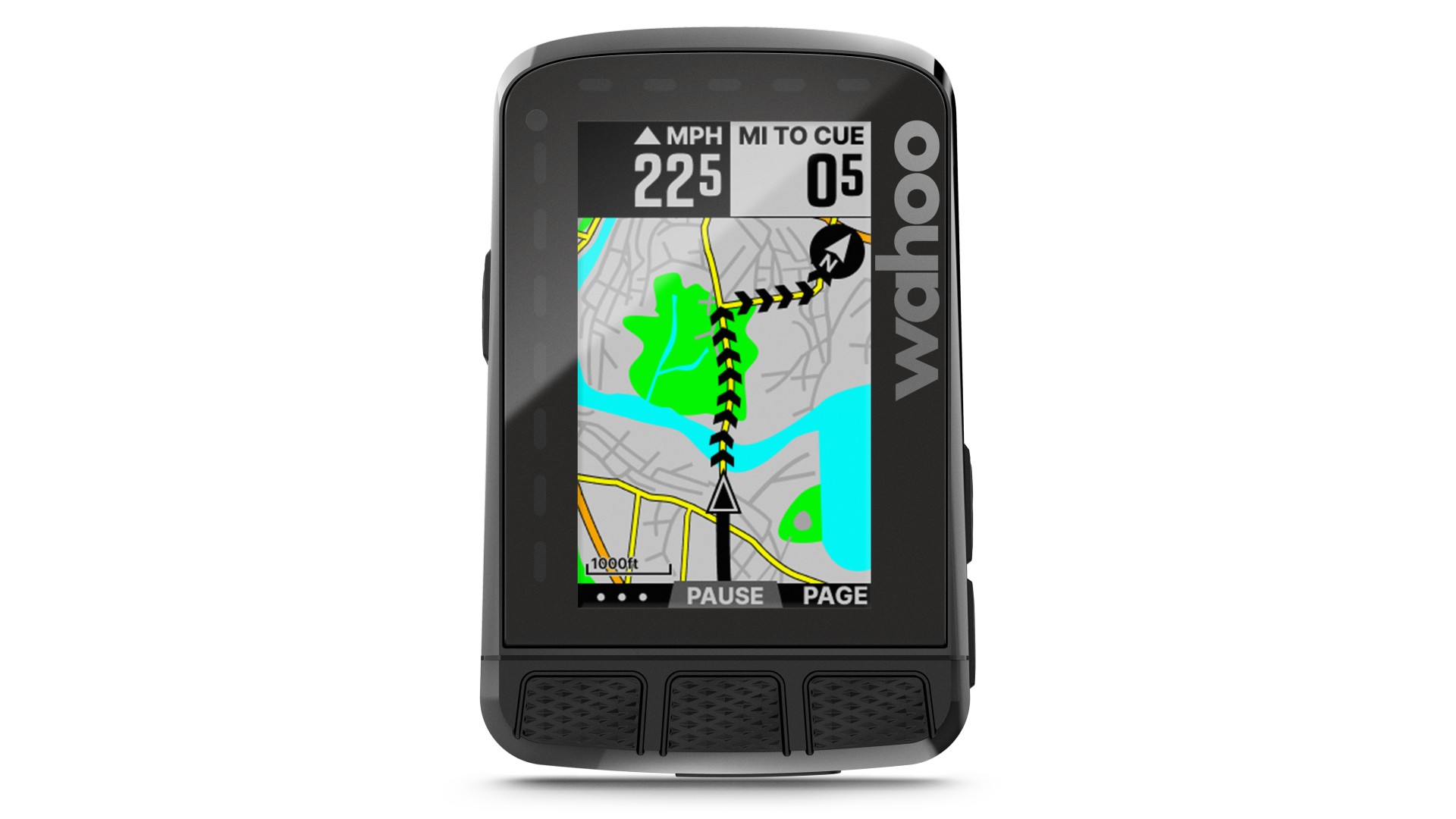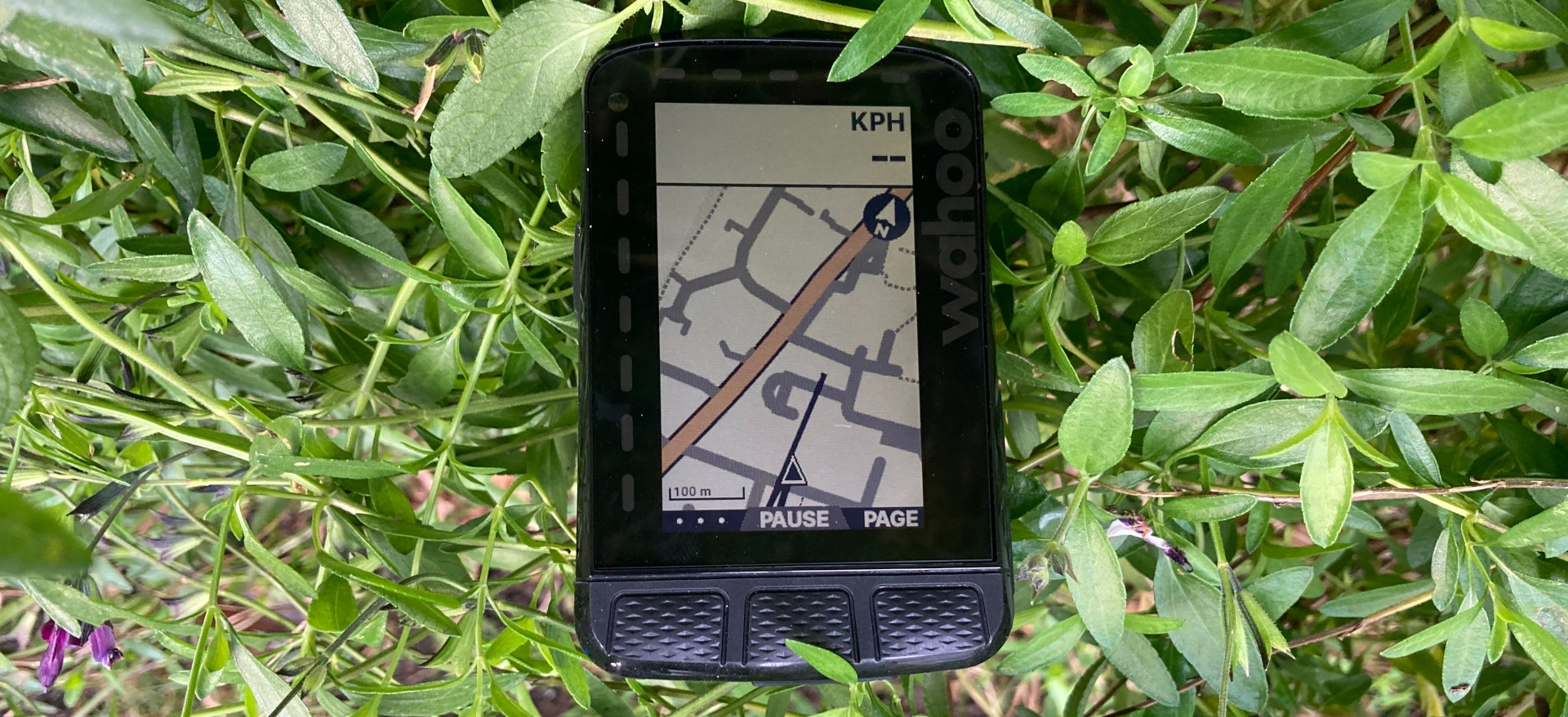Our Verdict
The second Wahoo Elemnt Roam is a well-priced device with ample features that will satisfy most cyclists. Its updated hardware, especially dual-band GPS, makes it a sufficient upgrade on the original and while the experience may not have changed much, that’s no bad thing in my book.
For
- Easy to use
- Great value
- Strong training plan integration
- Improved GPS hardware
Against
- Screen might be too small for some
You can trust Coach
The new Elemnt Roam is small, affordable and easy to use, and my spell checker hates it. What it lacks in vowels it makes up for in improvements on what was already a pretty solid platform. The move from single to dual-band GPS should put an end to dropped signals and the Strava straight line of doom, and will be better suited for “covered sky” environments (usually woodland), where single-band GPS can struggle to obtain a single.
The Roam can also synchronise with other equipment using the Wahoo X system, allowing you to interchange indoor and outdoor training plans without compromising the demands of a given block of training. In a more prosaic but equally welcome change, the Roam has a greater colour palette (up to 64 from the 2019 version’s eight) and a USB-C socket for more convenient charging.
There’s also a touch of future-proofing in the form of built-in accelerometers and a gyro. At present these serve no purpose, but it’s easy to imagine that future firmware updates will use them to add extra functions, most likely in the form of emergency crash alerts. Finally, it has the feature of the moment: the ability to feed you data about the upcoming climbs on your chosen route.
Wahoo Elemnt Roam v2: Price And Availability
The Wahoo Elemnt Roam was released in October 2022 and costs $399.99 in the US and £349.99 in the UK. It is available direct from Wahoo UK and Wahoo US, and many third-party retailers.
The original Elemnt Roam costs £299.99 and Wahoo’s other bike computer, the Bolt, costs £264.99.
Rival Garmin’s best bike computers top out with the Garmin Edge 1040 (£519.99), with the Edge 830 (£349.99) being Garmin’s effort at the Roam’s price point.
The Set-Up
No-one wants to go from the excitement of unboxing a new device to getting lost in a welter of menus. It’s rare to find a device these days that isn’t designed for a quick and easy set-up, but even so the Elemnt Roam stands out.
Sign up for workout ideas, training advice, reviews of the latest gear and more.
There used to be an ironic blog titled “Pictures Of People Using QR Codes”. It was empty. How things change. These days we use them for everything from ordering a pint to proving we’re not contagious, and, of course, for setting up bike computers. In the Roam’s case, scanning its QR code with your phone instantly syncs the two devices as well as authenticating training and tracking apps such as Strava – something that is usually a separate step. Synchronising various apps allows you to incorporate their features into the existing Roam feature list. This does mean that you’ll need your phone with you to get the absolute most out of the Roam, but that’s true of pretty much every bike computer these days, even those significantly more expensive than this.
In addition to the built-in and app-borrowed functionality, Wahoo’s Live Track function adds an Elemnt-specific social factor, monitoring and comparing you with other Wahoo users nearby. It’s a niche function, but despite the smaller pool of users, any form of comparative date is useful, whether it’s for training, for ego or just for the feeling of being part of a club.
During set-up the Roam will use your initial location data from your phone and apps to download the most relevant maps for you, while offering a prompt that will allow you to download other regions or countries when you know you’re going to need them. We sent it off in search of a few French maps just to be on the safe side, and the Roam got on with the job in the background while we continued tinkering with its other features and pairing it with an external heart rate monitor.
The Experience

The Roam is an interesting mixture of behind-the-scenes advancements twinned with very traditional display. The standard selection of data fields and even their arrangement onscreen and the bulky text of the display all feel reassuringly familiar – it’s not appreciably different from looking at a bike computer from a decade ago. The unit is controlled via chunky, sealed buttons that click solidly within their housings, feeling durable and responsive. Three buttons across the front of the unit cover your most-used features, such as page changes and history, while buttons on either side allow you to access and navigate the menus.
The default data is arrayed across three pages, the first containing speed, distance, time, ride duration, average and max speed, and the amount of climbing. Press the solid-feeling sealed button and you switch to a more detailed page with gradient and VAM (average ascent speed) details, while a third push takes you to the GPS page.

This was possibly my only moment of being dissatisfied with the Elemnt Roam. The new Roam has a 64-colour display, with a higher resolution than its predecessor, but it still wasn’t quite big or bold enough for my somewhat mature eyes to instantly grasp what was on the screen, and it took a little getting used to before I could reliably pick out important details on busier maps. Clicking into the pan-and-zoom mode allowed me to resize the map using the side buttons, which helped a great deal, but a more vibrantly colourful display might make things a little more distinctive.
Upon finishing a ride, you’ll jump to a pair of at-a-glance pages for the ride and the week, allowing you to track your day’s contribution to your overall training plan.
Pressing the on/off button will take you into a more detailed menu where you can adjust the backlight and indicator LEDs, add further sensors, and access features such as FTP tests and training sessions. The array of sessions is particularly appealing, covering everything from intervals to climbing to sprinting sessions and more besides. For the average user, these workouts will be more than enough to improve your performance – it’s unlikely that you’ll need anything more nuanced until you hit a fitness plateau, and all of this is before you start importing custom plans from other devices.
Is It Worth It?
The Elemnt Roam is a lovely little machine: solid, with straightforward controls and enough functions to be genuinely useful without having so many as to become cluttered or unintuitive. The easy set-up and incredibly straightforward use are big factors in its favour – it’s been a long time since I’ve got as deep into a gadget’s functions without needing to use the manual.
It would be easy to be underwhelmed by the fact that most of the Roam’s improvements are internal and, in the case of the gyro and accelerometer, as yet unrealised. On a surface level it’s hard to see that much has changed in the update, but on a practical level the improved GPS performance and increased memory are both welcome additions, while the ability to marry up your indoor and outdoor training programmes will help keep training blocks interesting and allow you to change things up without training less efficiently.
Given that I already like the existing Roam user environment and am quite happy to keep it, most of the changes being under the surface is no problem. While there are more expensive computers with bigger feature lists, I’m always happiest with features I know I’ll definitely use, especially when they come at a good price.

Jamie Ewbank is journalist with a lifelong love of cycling, both as a sport and a pastime. He has tackled a few mountains, ridden many century rides, and has unwillingly swallowed numerous angry wasps while descending at speed, so he’s seen the best and worst that cycling has to offer.
Amid a career that has tackled a variety of subjects he has written about cycling for The Wall Street Journal, Cycling Weekly, Cycling Plus, Cycling Active, Bike Radar and The Guardian.

